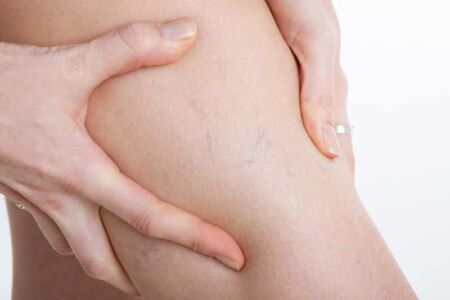
Varicose veins can be unsightly, but they can also present significant health problems.
If you’re suffering from varicose veins, you’re not alone — the condition now affects more than 80 million Americans. Fortunately, the condition is relatively easy to treat, and can be managed with some simple lifestyle changes. Here are seven helpful facts about varicose veins that everyone should know.
Several vascular surgeons have debunked the common claim that crossing your legs causes varicose or spider veins. Instead, the primary factors are genetics, age, weight, gender, pregnancy, history of blood clots, and standing or sitting for extended periods of time.
While varicose veins might look unpleasant, they can also present serious health risks. Most varicose veins have minimal side effects, but untreated cases can lead to sores, skin ulcers, bleeding, blood clots, and deep vein thrombosis. Always consult a vein specialist upon noticing a swollen or irregular vein.
While these terms are often used interchangeably, there are several key distinctions between the two conditions:
Spider veins small red, blue, or purple blood vessels near the skin’s surface, so called because of their resemblance to spider webs. Though usually harmless, they can signify poor circulation or a developing varicose vein.
Varicose veins are much larger than spider veins. They protrude more prominently out of the skin and represent an area where blood has pooled due to poor vein contraction.
About 80% of varicose vein patients are women, but the Center for Vein Restoration reports that 42% of men will experience venous insufficiency by the time they reach their 60s.
A woman’s veins expand during pregnancy because of an increased volume of blood in the body to support the fetus. This creates pressure on the veins and decreases circulation, especially in the lower half of the body, where varicose veins are most often found.
Physical activities like walking, swimming, and stair-climbing improve circulation. When your blood flows without restriction, your veins are less likely to experience the pressure that causes venous irregularities.
Compression stockings and witch hazel can minimize the effects of varicose veins, but the only way to completely rid yourself of them is through specialized treatment from an experienced vein clinician. The good news is that even the most advanced treatments are minimally invasive and covered by a majority of insurance companies. If you’re interested in learning more about the various treatment options, schedule an appointment with a vein specialist today.